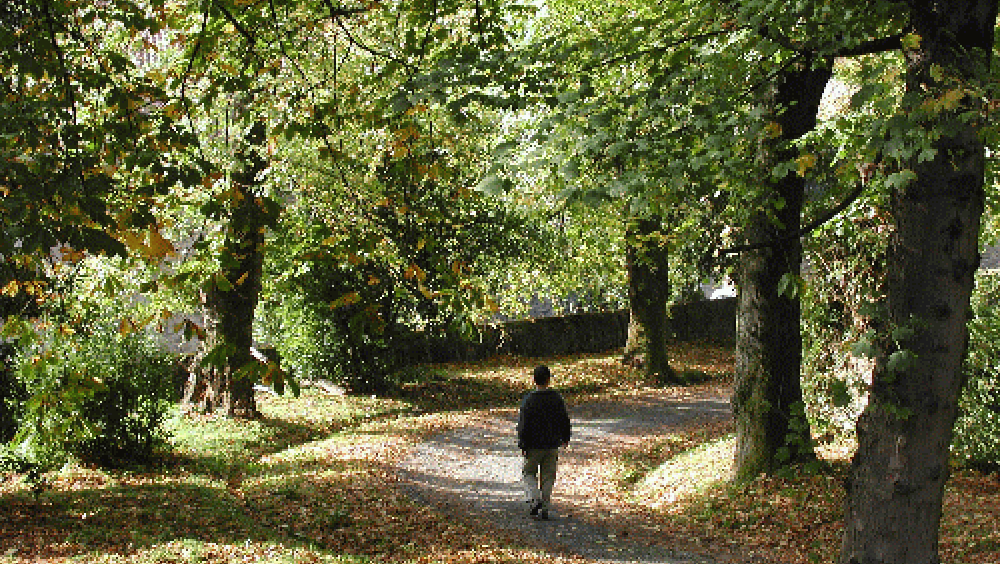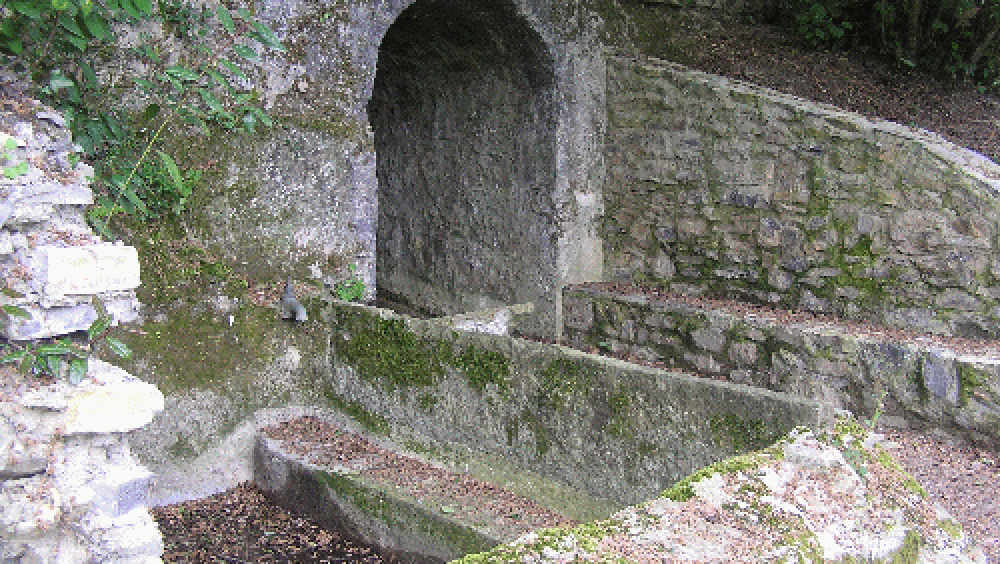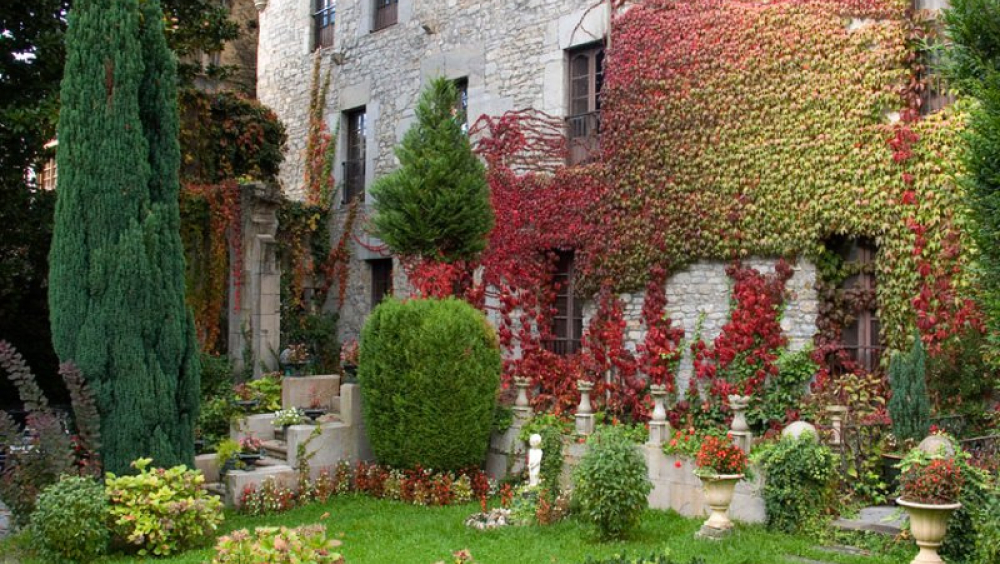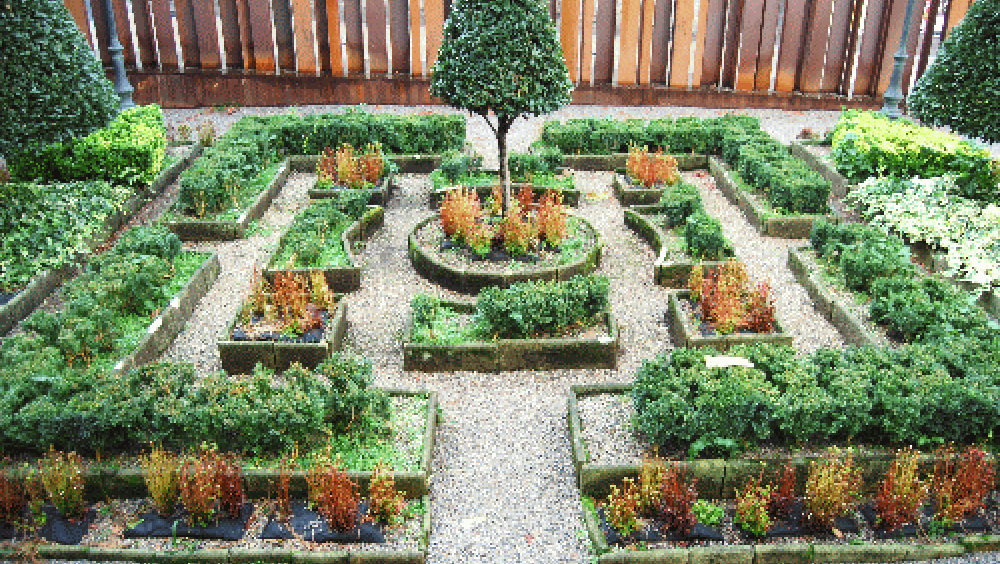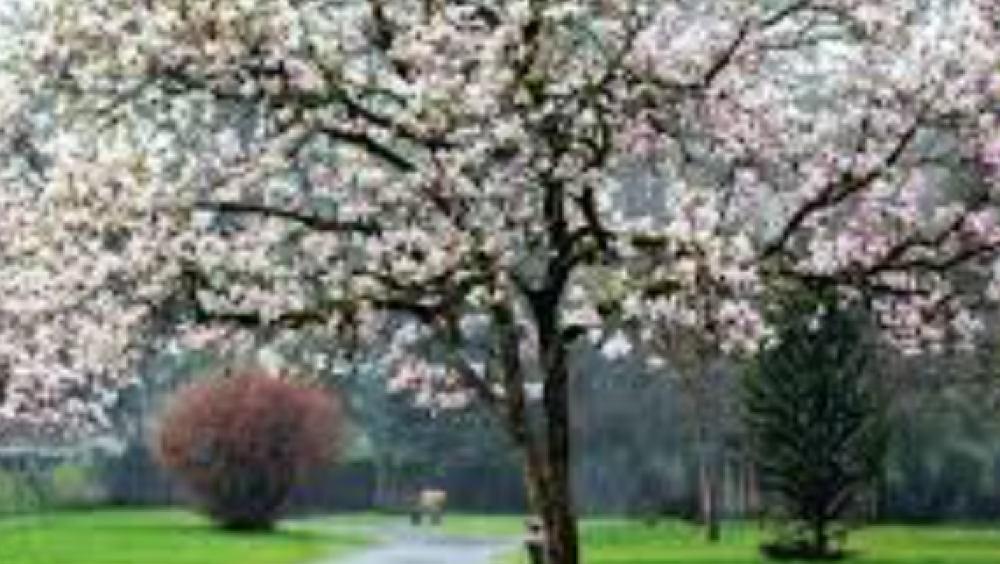GARDENS WITH HISTORY: A WALK THROUGH SUSTAINABILITY
In the heart of Bergara (Gipuzkoa, Spain), its historic gardens tell stories of explorations, cultural exchanges and sustainability. "Gardens with History: A Walk for Sustainability" is an immersive experience that allows you to rediscover these green spaces as living witnesses of a shared past. Through a guided tour, visitors explore the botanical richness of these gardens, with species that came to Europe thanks to expeditions and journeys from centuries past. These spaces not only beautify the urban area, but also play a crucial role in local sustainability and biodiversity. The activity highlights the importance of preserving these protected natural areas, demonstrating that cultural and natural heritage are intrinsically connected. This initiative not only brings visitors closer to the landscape heritage of Bergara, but also highlights its European dimension. Like many cities on the continent, Bergara witnesses the circulation of plant species and knowledge throughout history, reflecting the capacity of cultural exchange to enrich our environment. Walking through these gardens, each visitor discovers how nature becomes a living archive of the past and a key tool for the sustainability of the future.
Bergara's historic gardens are much more than green spaces; They are living witnesses of the evolution of the European landscape and of the relationship between human beings and nature. "Gardens with History: A Walk for Sustainability" invites you to discover these spaces through a guided tour that explores their history, their biodiversity and their essential role in environmental conservation.
ORIGINS AND HISTORY
Bergara, a historic enclave of the Basque Country, has been a centre of innovation, science and culture for centuries. Its gardens reflect this heritage, hosting species that were brought from various continents at the time of the great botanical expeditions. For centuries, European explorers exchanged knowledge and seeds, contributing to the plant diversity that is now part of our landscape identity. These spaces are home to species that arrived in Europe thanks to transcontinental expeditions, making them a living example of how the circulation of knowledge and resources has shaped our environment. From centuries-old trees to ornamental shrubs, every corner tells a story of exploration and adaptation.
THE TOUR
The guided walk takes visitors through the most emblematic gardens of the town centre of Bergara. Its structures, the styles of gardening that have influenced its design and the origin of the plant species are explained. This activity also promotes reflection on environmental conservation, highlighting the importance of these spaces as green lungs and refuges of biodiversity.
The current challenges faced by historic gardens are also analysed, such as climate change and the need for sustainable strategies for their conservation. With an educational approach, participants learn about the ecological management measures that have been implemented to protect this natural heritage.
IMPORTANCE IN SUSTAINABILITY
Historic gardens not only possess aesthetic or historical value, but also play a fundamental role in urban sustainability. They are refuges for local wildlife, help mitigate the impact of climate change, and contribute to the well-being of the community.
In this context, the activity seeks to promote ecological awareness and highlight the need to protect these spaces for future generations. Visitors are invited to understand that natural and cultural heritage are interconnected, and that the preservation of these gardens is key to sustainable development.
The historic gardens of Bergara are a reflection of the interconnection of Europe with the rest of the world. Over the centuries, the exchange of plant species between Europe, Asia, America and Africa has been one of the most tangible forms of knowledge transfer and cultural enrichment. This phenomenon has allowed European urban landscapes to become witnesses to biological diversity and contact between civilizations.
Our project emphasises how natural heritage is part of Europe's shared history. During the activity, visitors discover how the arrival of exotic species transformed garden design in many European cities and how these spaces have been key in the evolution of botanical science and ecology.
In addition, the project connects with the fundamental values of the Council of Europe. It promotes universal accessibility to heritage, encourages environmental education and highlights the importance of international cooperation for the protection of the environment.
The European impact of "Gardens with History" is reflected in its ability to inspire models of sustainable conservation elsewhere on the continent. Sharing these practices with other European communities makes it possible to strengthen the green heritage network and promote a unified approach to ecological preservation.
In a world where sustainability is a global challenge, this project offers a European perspective on how historic gardens can become spaces for learning, innovation and preservation of natural and cultural heritage.
